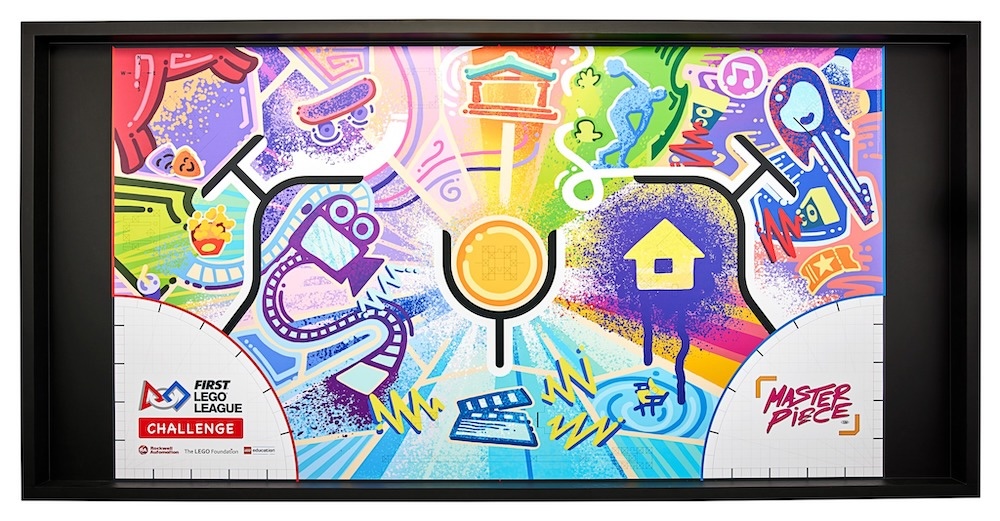Picking Team Members

How do you pick team members?
The following article takes ideas and discussions shared from the Facebook Group FLL: Share & Learn .
Some students will sign up because they think it’s all about playing with LEGO. Parents will sign their child up because they want to keep the child busy after school. Such students come in with a misunderstanding, and therefore, struggle to cope with the team’s expectations. You may also have to limit the number of students based on the number of volunteers you have and/or the space you have. So how do you decide who is on the team?
Training camp:
Prior to the season starting, run a “Spring training camp”. Each meeting is split into thirds, focusing on all three judging areas equally, which sends a message that we are not just about playing with LEGO bricks. Former coaches as well as last year’s team members should come and act as eyes and ears to help to notice who is ready to join and who is not. At the end of the last meeting, invite parents to a meeting to answer questions and spell out the commitment and the philosophy of the team.
Trial Days:
Host “trial day(s)” where potential recruits meet the team, do some training (covering programming/building, the project and teamwork), and generally get a feel for what they’re getting involved in. This last part helps the coaches and children get an understanding for what type of work they may have to do during the season. Teamwork and the ability to not “melt-down” during a disagreement is very important.
Recommendations from existing team members:
Recommendations from the existing members are very important. It is good for them to learn the difference between choosing someone just because they are a friend, and choosing someone who fills a need in the team and would help make the team more effective.
Recommendations from teachers:
Try to have the student completes a basic application at school. This keeps mom and dad from doing it for them. Teacher recommendations that focus on teamwork, responsibility, dependability, emotional maturity, and academics all are scored 1-10. Balance your team with leaders, tech skills, research and presentations, and spirit. You need all types of students for a successful team.
Applications:
Give prospective students an application form. Part of the application includes several questions that the student must answer about why they want to join the team and what they want to learn.
Create a research component as part of the application. The children who are still interested after hearing about the work involved can return with their research one week later to present their findings.
It’s like picking a sports team sometimes - finding a team member that you know will fill a role within the team but still work as a team and help others out. In the student’s application letter ask them to name the role they think they will be best suited for and also nominate other students for roles.
Sample Application (including contract)
Contracts:
The most important criteria is that the student be willing to work hard and be committed to the team for the season. Have parents and children sign a contract saying they understand the time, behavioral, and financial expectations of being on the team. Setting these expectations before the season starts helps reduce future misunderstandings.
Things to go over with parents and students:
- Schedule - The schedule for the year (which is tentative because we won’t know tournament dates at that time), our meeting times, the importance of honoring those times
- Commitments for the season - Meetings, homework, field trips, tournaments, regular attendance, priority over other extracurricular activities, etc.
- All aspects of FIRST LEGO League: starting with Core Values, moving to the Project and finally talking about Robot Design and Robot Game. Emphasize that FIRST LEGO League is about all of these aspects.
- Homework: What types of homework and the probable time requirements.
- Expectations: Talk about what’s expected of each student and their parents
- Coach Goals for the team - Teaching the kids to think like engineers, teaching them skills in problem solving, teaching them the importance of and how to function as a team. FIRST LEGO League is simply the program that gives us the structure to make that happen.
- Setting team goals - this happens once all the students are selected.
- Several reminders are provided: FIRST LEGO League is not a LEGO building club, it is 100% volunteer driven and they are doing their best, kids will be doing the work, it’s not a baby-sitting/after school service, etc
- The team may win a win (or may not). If they do, the team gets one trophy to share.
- Financial obligations for each team member
- Consequences of not following team rules.
Recruiting More Volunteers to Support More Students
If you do not want to cut anyone from the team, you will have to recruit more volunteers (parents or teachers) to help you coach. Many sites use a variation of “if you really want your kid to do this, coaching guarantees them a spot”. Signing up adults first enables more children to participate.

 Resources
Resources


